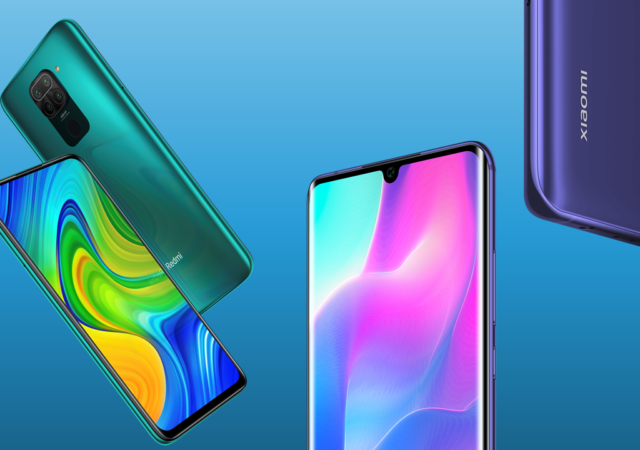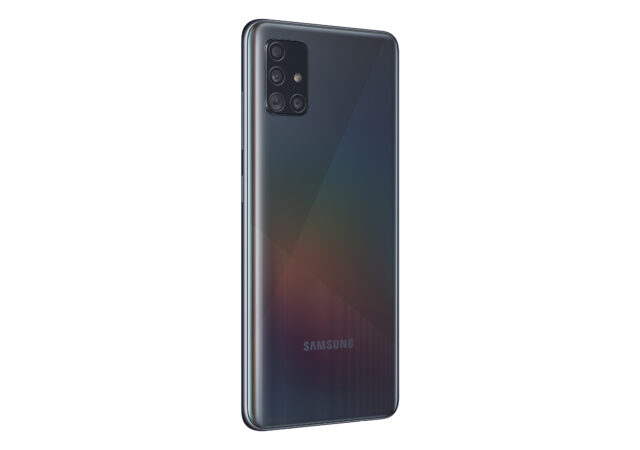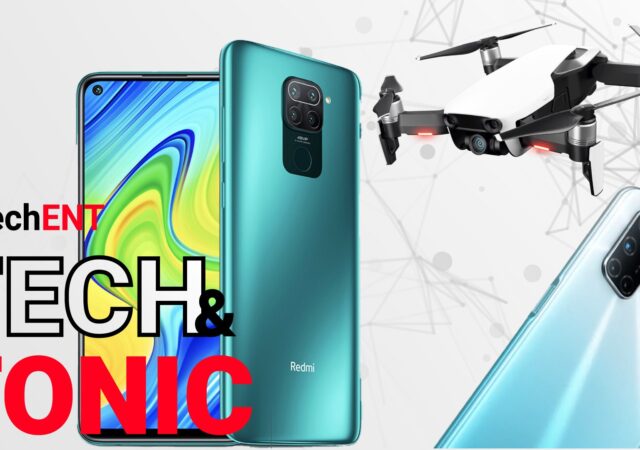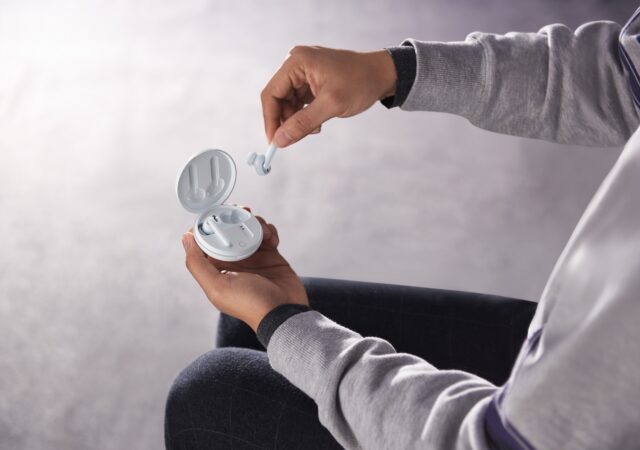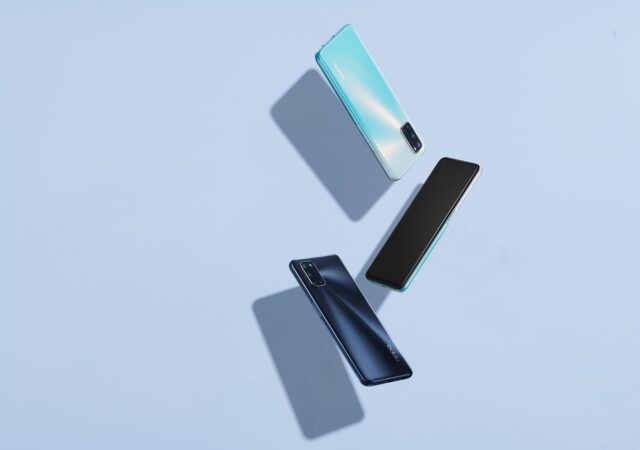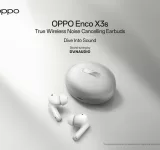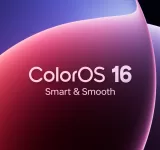Xiaomi announces the availability of the recently launched Redmi Note 9 series and the Mi Note 10 Lite in Malaysia.
Acronis Launches Cyber Protect to Empower Remote Work
Acronis announces a new, unified offering, Acronis Cyber Protect, which allows service providers to better enable remote work for businesses.
Samsung’s Galaxy A51 gets More RAM in Malaysia & Finds its Way to the US
Samsung’s Galaxy A51 makes it debut in the U.S. while getting upgrades in Malaysia.
[Podcast] Tech & Tonic Episode 12: So Many New Smartphones Under MYR 1,500! MCO is Extended, Maybe a DJI Mavic Air 2 Makes Sense Now.
Another week, another podcast, another Tech & Tonic podcast. This week, we explored the appeal of mid-range smartphones and a new drone!
[Video] techENT Download || Xiaomi Redmi Note 9, realme launches, DJI Mavic Air and More!
In this week’s techENT Download we highlighted a few smartphone launches and a drone launch in the week. MCO is still extended.
OPPO Enco W31 Launches in Malaysia – TWS Goodness for MYR 259
OPPO launches the OPPO Enco W31 in tandem with the OPPO A92 in Malaysia. The OPPO Enco W31 OPPO’s new TWS earbuds priced at MYR 259.
OPPO A92 launches in Malaysia!
OPPO just launched their brand-new mid-range contender in the OPPO A92 smartphone. The MYR 1,199 package packs a Qualcomm Snapdragon 665 SoC with 8GB of RAM and 128GB of storage.
Xiaomi Redmi Note 9 Series Launched – Redefining Standards
Xiaomi Redmi expands its family yet again with the brand-new Xiaomi Redmi Note 9 and Note 9 Pro. The value-for-money offerings will come with sub US$ 300 price tag and packing some power.
Step Aside Zoom, Google Meet Goes Free Starting Next Week
Google takes on Zoom with Google Meet. The service will go free for everyone starting next week.
techENT Download || Apple & Google vs Governments, Pokémon on Netflix, AMD, Motorola Edge & More
It’s been quite a week in tech with Motorola reentering the flagship race, Apple and Google facing resistance from governments, Pokemon and more!



